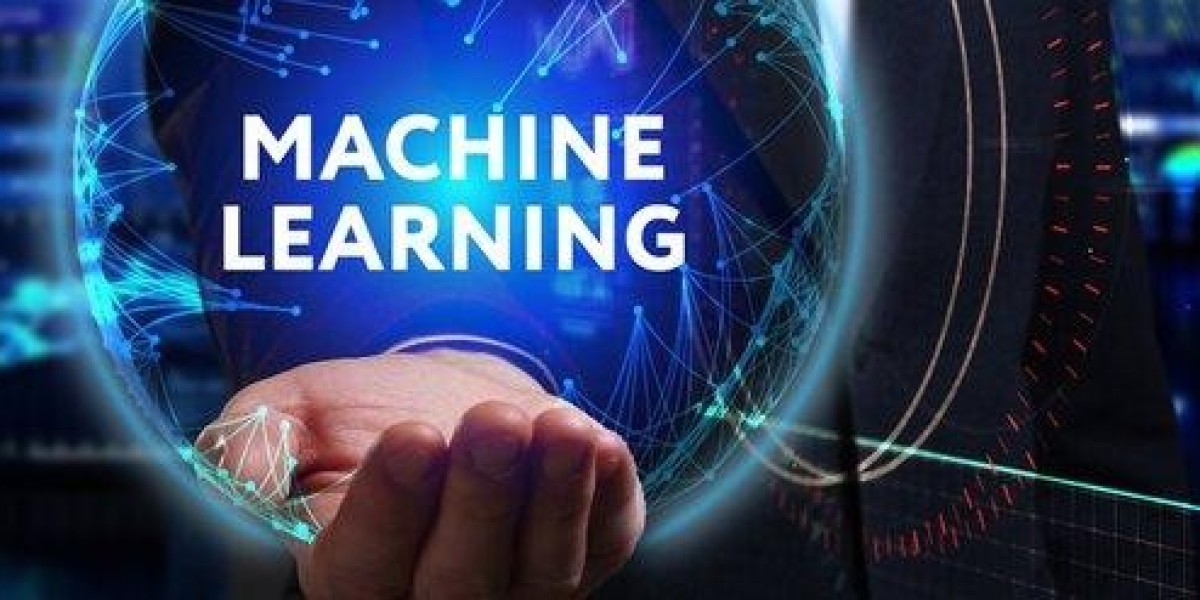Introduction to Machine Learning
Machine learning is a subset of artificial intelligence (AI) that focuses on building systems capable of learning from data, identifying patterns, and making decisions with minimal human intervention. Think of it as teaching a computer to learn from experience, much like humans do. For example, when you teach a child to recognize animals, you show them pictures and tell them the names. Over time, they learn to identify animals on their own. This is similar to how machine learning works.
Understanding Deep Learning
Deep learning is a specialized branch of machine learning. It’s inspired by the structure and function of the brain, specifically the neural networks. These neural networks are composed of layers of nodes, much like neurons in the brain. Each layer processes the data, extracts features, and passes the information to the next layer. The "deep" in deep learning refers to the many layers through which data is transformed. This depth allows deep learning models to handle large amounts of data and perform complex tasks with high accuracy.
Key Differences Between Machine Learning and Deep Learning
Complexity and Depth
Machine learning algorithms are often simpler and may not require as much computational power. They work well for straightforward tasks like predicting house prices or classifying emails. Deep learning, on the other hand, involves more complex architectures with multiple layers. This complexity allows it to solve more intricate problems, like recognizing objects in images or translating languages.
Data Requirements
Machine learning can work with smaller datasets and still produce good results. Deep learning, however, thrives on large amounts of data. The more data you feed into a deep learning model, the better it performs. This is why deep learning has become so prominent with the advent of big data.
Feature Extraction
In traditional machine learning, feature extraction is often done manually. Data scientists decide which features are important for the model. Deep learning models, however, automatically extract features from raw data. This automation can save a lot of time and effort.
How Deep Learning Works
Deep learning models are based on artificial neural networks. Here’s a simplified breakdown of how they work:
- Input Layer: This is where the model receives the raw data.
- Hidden Layers: These are the intermediate layers where the data is processed. Each hidden layer extracts different features from the data.
- Output Layer: This is where the model produces the final result, such as a classification or prediction.
Imagine deep learning as a series of filters. The input data passes through each filter (layer), getting more refined and closer to the final output. For instance, in image recognition, the first layer might detect edges, the second layer might detect shapes, and so on until the final layer identifies the object.
Applications of Deep Learning
Deep learning has revolutionized many fields. Here are some notable applications:
Image and Speech Recognition
Deep learning models can identify objects in images and understand spoken language with remarkable accuracy. This technology powers applications like facial recognition systems, voice assistants, and automated captioning.
Natural Language Processing (NLP)
Deep learning enables computers to understand and generate human language. It's used in chatbots, translation services, and even in detecting sentiment in social media posts.
Healthcare
In healthcare, deep learning is used for diagnosing diseases from medical images, predicting patient outcomes, and personalizing treatment plans.
Autonomous Vehicles
Self-driving cars rely on deep learning to navigate roads, recognize traffic signs, and avoid obstacles. This technology is crucial for the development of safe and efficient autonomous vehicles.
Financial Services
Deep learning models can detect fraudulent transactions, predict stock prices, and automate trading. This helps financial institutions make better decisions and improve security.
Advantages of Deep Learning
High Accuracy
Deep learning models can achieve very high accuracy, especially with large datasets. This makes them ideal for tasks that require precision, like medical diagnosis or financial forecasting.
Automation of Feature Extraction
Deep learning automates the process of feature extraction, reducing the need for manual intervention. This can save time and resources, allowing data scientists to focus on other tasks.
Scalability
Deep learning models can easily scale to handle large amounts of data. This scalability is essential for applications like big data analytics and cloud computing.
Challenges of Deep Learning
Data Requirements
Deep learning requires large amounts of data, which can be difficult and expensive to obtain. Without enough data, models may not perform well.
Computational Resources
Training deep learning models requires significant computational power. This can be costly and may require specialized hardware like GPUs.
Interpretability
Deep learning models are often seen as "black boxes" because their decision-making process is not easily understood. This lack of interpretability can be a drawback in fields where understanding the model's reasoning is crucial.
Deep Learning and Artificial Intelligence
Deep learning is a subset of artificial intelligence, just like machine learning. However, it's often seen as the driving force behind many recent AI advancements. For example, AI-powered personal assistants like Siri and Alexa use deep learning to understand and respond to user queries. In this sense, deep learning is helping to push the boundaries of what AI can achieve.
Future of Deep Learning
The future of deep learning looks promising. With continuous advancements in technology, we can expect even more powerful and efficient models. Some areas of potential growth include:
Enhanced Healthcare Solutions
Deep learning could lead to more accurate and early diagnosis of diseases, personalized treatment plans, and even new drug discoveries.
Improved Natural Language Understanding
As models become more sophisticated, we can expect better machine translation, more intuitive chatbots, and advanced sentiment analysis.
Autonomous Systems
From self-driving cars to drones, deep learning will continue to enhance the capabilities of autonomous systems, making them safer and more reliable.
Environmental Monitoring
Deep learning can help monitor and address environmental issues, such as tracking deforestation, predicting natural disasters, and analyzing climate change patterns.
How to Get Started with Deep Learning
Interested in diving into the world of deep learning? Here are some steps to get you started:
Learn the Basics
Start by understanding the fundamentals of machine learning and neural networks. Online courses and tutorials can be very helpful.
Choose a Framework
There are several deep learning frameworks available, like TensorFlow, PyTorch, and Keras. Pick one and get comfortable with it.
Practice with Projects
Hands-on experience is crucial. Work on small projects, like image classification or sentiment analysis, to build your skills.
Join a Community
Engage with online communities and forums. They can provide support, answer questions, and offer valuable resources.
Stay Updated
The field of deep learning is constantly evolving. Keep up with the latest research and advancements to stay ahead.
Read More : WHAT IS THE FUTURE OF MACHINE LEARNING IN 2023?
FAQs
What is the difference between machine learning and deep learning?
Machine learning involves training algorithms to learn from data and make predictions, while deep learning uses neural networks with many layers to automatically extract features and handle more complex tasks.
Why is deep learning important?
Deep learning is important because it can handle large amounts of data and perform complex tasks with high accuracy, making it essential for applications like image and speech recognition, natural language processing, and autonomous vehicles.
What are some common applications of deep learning?
Common applications include image and speech recognition, natural language processing, healthcare diagnostics, autonomous vehicles, and financial services.
What are the challenges of deep learning?
Challenges include the need for large amounts of data, significant computational resources, and the difficulty in interpreting model decisions.
Conclusion
Deep learning is a powerful subset of machine learning that mimics the human brain's neural networks. It has transformed many industries, from healthcare to finance, and holds the promise of even greater advancements in the future. While it comes with its challenges, the potential benefits make it a fascinating and valuable field to explore.



